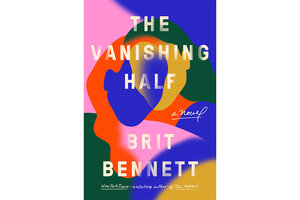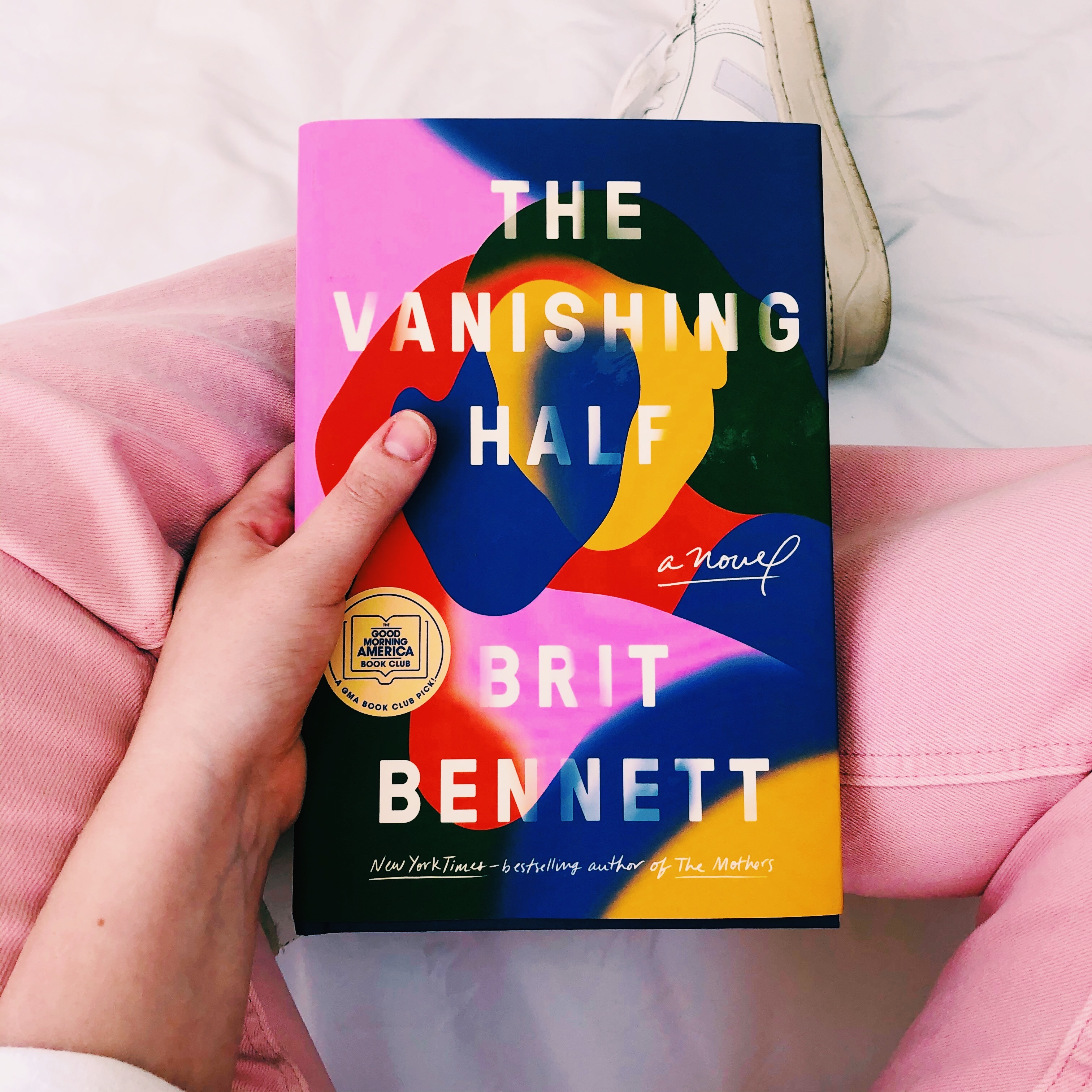
It calls up Toni Morrison’s The Bluest Eye, the book's 50-year-old antecedent. The scene in which Stella adopts her White persona is a tour de force of doubling and confusion.

Bennett is deeply engaged in the unknowability of other people and the scourge of colorism. All this is expertly paced, unfurling before the book is half finished a reader can guess what is coming. Jude, so Black that strangers routinely stare, is unrecognizable to her aunt. Stella, ensconced in White society, is shedding her fur coat. Tending bar as a side job in Beverly Hills, she catches a glimpse of her mother’s doppelgänger. The gossips are agog: “In Mallard, nobody married dark.Marrying a dark man and dragging his blueblack child all over town was one step too far.” Desiree's decision seals Jude’s misery in this “colorstruck” place and propels a new generation of flight: Jude escapes on a track scholarship to UCLA. The novel opens 14 years later as Desiree, fleeing a violent marriage in D.C., returns home with a different relative: her 8-year-old daughter, Jude. Desiree, the “fidgety twin,” and Stella, “a smart, careful girl,” make their break from stultifying rural Mallard, Louisiana, becoming 16-year-old runaways in 1954 New Orleans. The talented Bennett fuels her fiction with secrets-first in her lauded debut, The Mothers (2016), and now in the assured and magnetic story of the Vignes sisters, light-skinned women parked on opposite sides of the color line.

Inseparable identical twin sisters ditch home together, and then one decides to vanish.


 0 kommentar(er)
0 kommentar(er)
